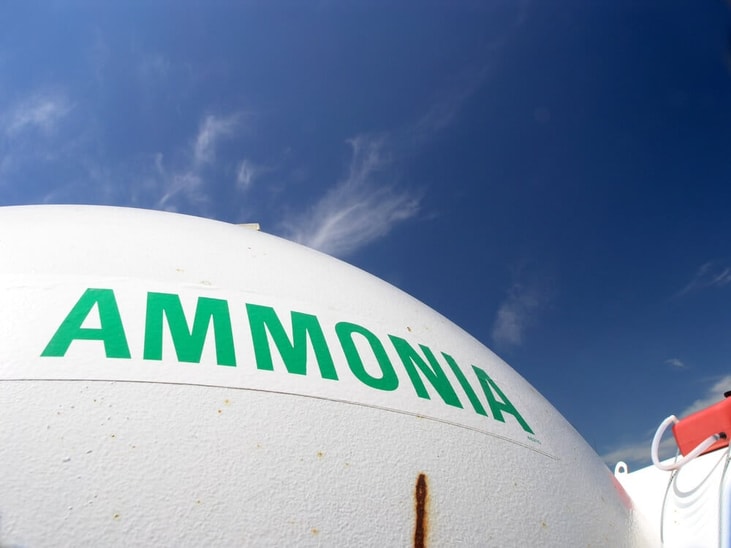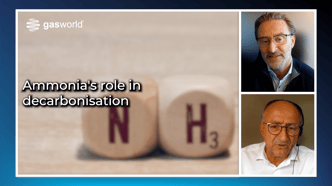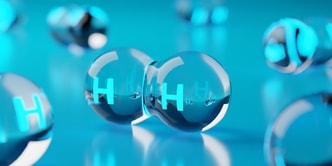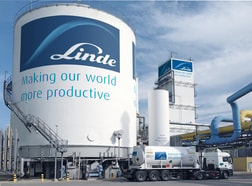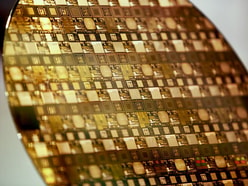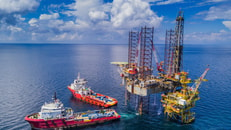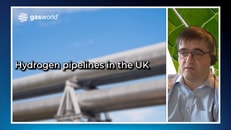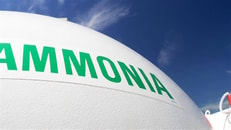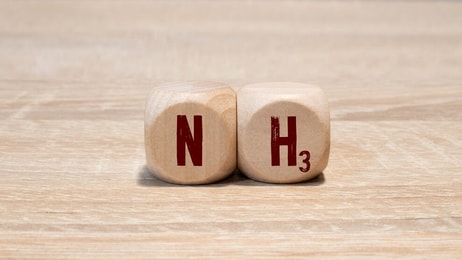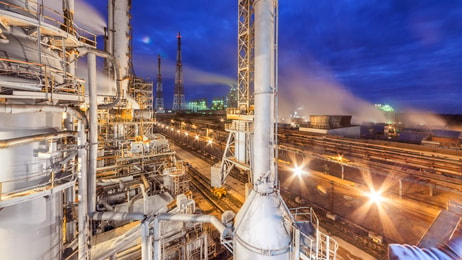Swiss research breakthrough ‘could produce more sustainable ammonia’
Researchers from the Swiss Federal Institute of Technology (known as EPFL) in Lausanne, Switzerland, have created a uranium catalyst that could help make fertiliser production more sustainable.
The catalyst uses a unique binding method to convert nitrogen gas into ammonia, which is the key ingredient in nitrogen-based fertilisers essential for crop growth. Between 75% and 90% of the 240 million tonnes of ammonia produced globally each year is used for fertiliser.
Currently, most ammonia is produced using the Haber-Bosch process, which turns nitrogen from the air into ammonia. However, the process is extremely energy-intensive. The reaction, which runs at temperatures around 500°C and at pressures up to about 20 MPa, accounts for about 1% of the world’s total energy usage.
In 2010, it generated up to about 451 million tonnes of CO2, according to the Institute for Industrial Productivity. This also accounts for roughly 1% of global annual CO2 emissions, which is more than any other chemical reaction.
... to continue reading you must be subscribed

